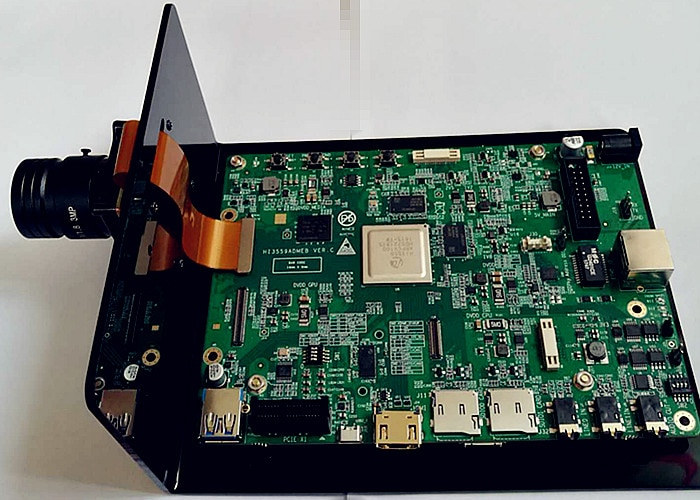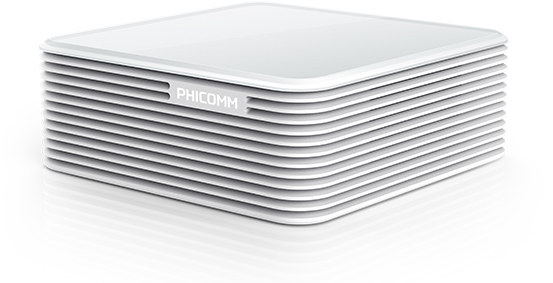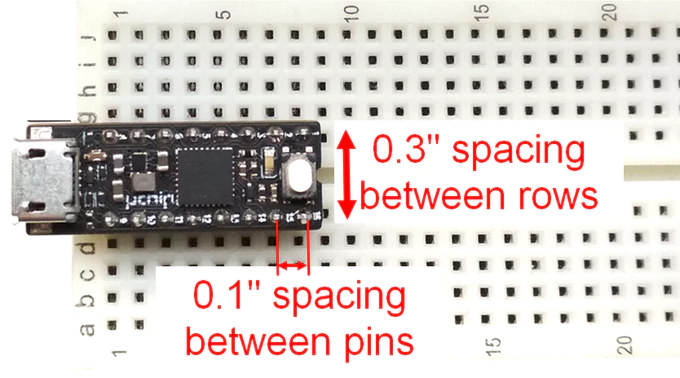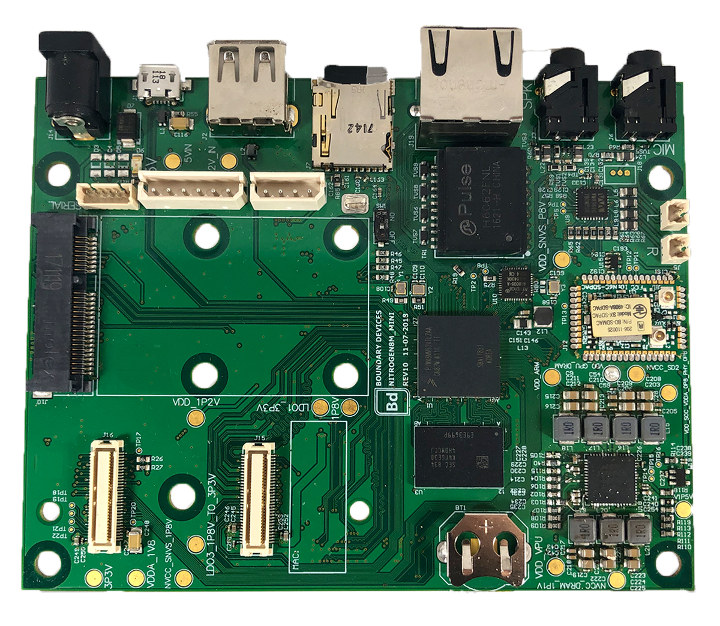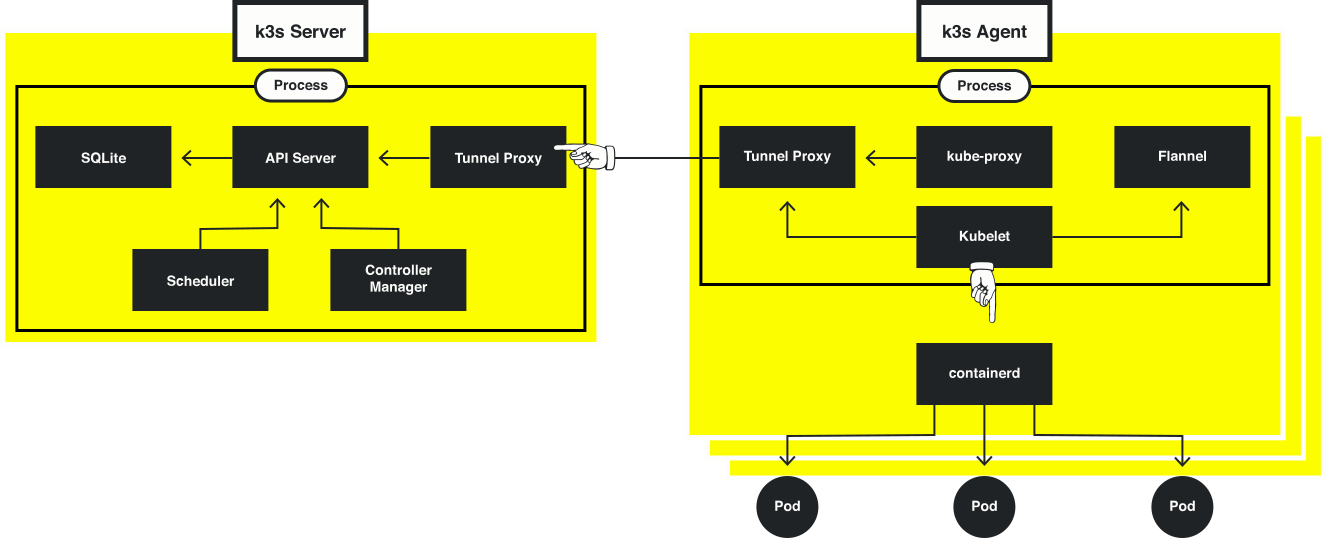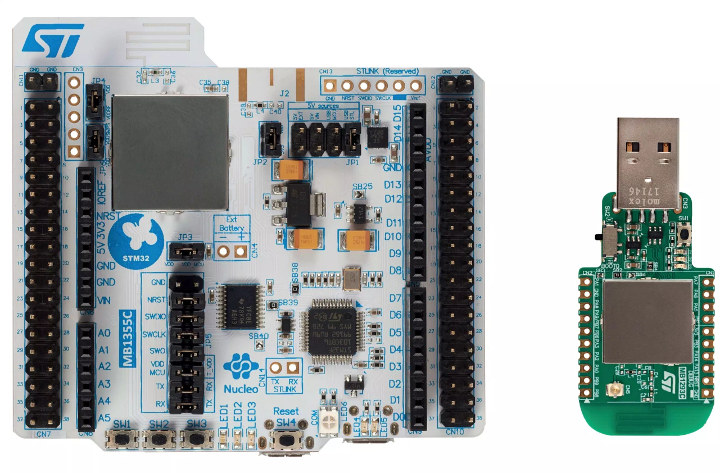The price of products often vary around the world due to taxes, regulations, and cost of living. In many cases, that’s just a few tens of percents, but in some others the price may vary a lot more, as in many folds. For example, medicines are usually way more expensive in developed countries – and harder to buy -, and based on a study by Cable.co.uk, the price of 1GB mobile data varies massively across the world with India having the cheapest average cost of $0.26 US, and Zimbabwe the highest at $75.20. Price varies a lot even for neighboring countries. So if you live in Geneva in Switzerland where the average price for 1GB is $20.22, it may pay off to get signal from France (if possible) where the average cost is only $2.99. One should bear in mind that determining the average price of 1GB of mobile data […]
HiSilicon Hi3559A Board Enables Smart 8K Camera Development
HiSilicon Hi3559A 5-core Arm Cortex A73/A53 camera processor was announced in 2017 with support for 8K 30fps or 4K 120fps video recording, as well as an integrated dual core neural network accelerator (NNA). It should not be confused with the earlier Hi3559 4K 30 fps processor, or the newer Hi3559C that looks to be the same as Hi3559A without the NNA. Nevertheless, today I was lead to check about Hi3559A processor once again, and I could not find any camera that you can just buy and use today. I still found some upcoming Hi3559A products with OBSBOT Tail AI camera offered for as low as $509 on Kickstarter (delivery scheduled for April 2019), one 4K 120fps OEM? camera from GKuvision, as well as an HiSilicon Hi3559A development board for 8K camera applications, which I’ll look into more details in this blog post. HI3559AV100DMEB specifications: SoC – Hisilicon Hi3559A V100 with […]
Phicomm N1 Android 7.1 TV Box Supports Multiple Linux Distributions
I like to look at new hardware platforms supported by Linux mainline, and recently covered MapleBoard MP130 SBC which I found in Linux 5.0 changelog. Today, I had a look at another device. Phicomm N1 is an Amlogic S905D powered TV box running Android 7.1 with a user interface geared towards to the Chinese market. Nothing that interesting so far, but a topic on Armbian forums made it more interesting as the box comes with a larger heatsink than most other cheap TV boxes, a 12V/2A power supply which should allow you to connect several USB hard drives, and potentially more importantly, it became popular among Chinese users, with the community releasing several Linux based distributions for the device including CoreELEC, LibreELEC, Alpine Linux, CentOS, Debian, Deepin, ArchLinux Arm, and more. Phicomm N1 hardware specifications: SoC – Amlogic S905D quad core Arm Cortex-A53 processor @ 1.5 GHz with Arm Mali-450 […]
DIP-Sized uChip Arduino Zero Compatible Board Loves Your Breadboard (Crowdfunding)
Most so-called breadboard-friendly boards that can easily be inserted into a breadboard often leave only one or two rows to play with on each side. This may suitable in many cases, but some people really want to use as many rows as possible, and come up with a solution using 90 degrees headers with 0.3″ spacing between them, just like 0.3″ wide chips do, and allowing the use of 4 rows on each side of the board. It does the trick, but this is not a standard solution, requires some bending of the headers, and covers part of the board so it’s not really ideal. A better way would be for somebody to design a narrow board using headers with 0.3″ spacing, and that’s exactly what Itaca Innovation has done with their Arduino Zero compatible uChip board designed in a 16-pin DIP package. uChip specifications: MCU – Microchip SAMD21 Arm […]
RISC-V Compliance Tests Aim to Address RISC-V Fragmentation
In the x86 world, one operating system image can usually run on all hardware thanks to clearly defined instruction sets, hardware and software requirements. Arm provides most flexibility in terms of peripherals, while having a fixed set of intrusions for a given architecture (e.g. Armv8, Armv7…), and this lead to fragmentation, so that in the past you had to customize your software with board files and other tweaks, and provide one binary per board, leading to lots of fragmentation. With device trees, things improved a bit, but there are still few images that will run on multiple boards without modifications. RISC-V provides even more flexibility that Arm since you can mess up with the instructions set with designers able to add or remove instructions as they see fit for their application. One can easily imagine how this can lead to a complete mess with binary code only running on a […]
Nitrogen8M_Mini Single Board Computer Launched for $135 and Up
Last month we write about Nitrogen8M_Mini, the First NXP i.MX8 8M Mini SBC, but at the time, it was not available for purchase just yet. Boundary Devices has now announced the official release of the board and is taking orders / pre-orders for $135 and up. Nitrogen8M_Mini SBC Two versions are being offered either with the board only, or as part of a devkit with a 5V power supply, an 8GB microSD card with Linux OS, a battery, and serial console cable: Nit8MQ_Mini_2r8eWB with WiFi and Bluetooth, currently in stock, and sold for $155 (board only), or $175 (devkit) Nit8MQ_Mini_2r8e without wireless module, to ship in a few weeks, and sold for $135 (board only), or $155 (devkit) Nitrogen8M_Mini specifications: SoC – NXP i.MX 8M Mini with 4x Cortex A53 cores @ 1.5 to 2.0 GHz max, 1x Cortex-M4F real-time core, Vivante GCNanoUltra 3D GPU, Vivante GC320 2D GPU System […]
K3s Lightweight Kubernetes Distribution Targets Low Resources x86 and Arm Platforms
Kubernetes (K8s) is described as a “portable, extensible open-source platform for managing containerized workloads and services, that facilitates both declarative configuration and automation. It has a large, rapidly growing ecosystem. Kubernetes services, support, and tools are widely available. Google open-sourced the Kubernetes project in 2014”. However, as Rancher Labs’ CEO Sheng Liang explains “existing Kubernetes distributions are often memory intensive and overly complex for edge computing environments”, so the company developed and launched K3s, a lightweight Kubernetes distribution designed for developers and operators looking for a way to run Kubernetes in resource-constrained x86, Armv7-A and 64-bit Armv8-A hardware platforms often found in edge computing environments, as opposed to the cloud. Rancher Labs managed to reduce the footprint of Kubernetes, and better adapt it to entry-level hardware by taking four main steps: Removing old and non-essential code – Alpha functionalities, all non-default admission controllers, in-tree cloud providers, and storage drivers are […]
STMicro Launches STM32WB55 Bluetooth 5 and 802.15.4 MCU & Nucleo Pack
STMicro unveiled their first STM32 Wireless MCU family at Embedded World 2018 last year with STM32WB dual-core Cortex-M4/M0+ microcontroller equipped with Bluetooth 5 and 802.15.4 radios, but it was only this year at Embedded World 2019 that the company announced commercial availability of STM32WB55 family as well as the P-NUCLEO-WB55 development pack containing a classical Nucleo 64 board and a USB dongle. STMicro STM32WB55 Bluetooth 5 & 802.15.4 MCU Key features and specifications: Application Core – Arm Cortex-M4 CPU @ up to 64 MHz with FPU, adaptive real-time accelerator (ART Accelerator), MPU, 80 DMIPS and DSP instructions Memory – Up to 256 KB RAM, including 64 KB with hardware parity check, 20×32-bit Backup Register Storage Up to 1 MB Flash with sector protection (PCROP) against R/W operations for Bluetooth Low Energy and 802.15.4 SW stack Quad SPI memory interface with XIP Radio 2.4 GHz RF transceiver supporting Bluetooth 5 and […]



